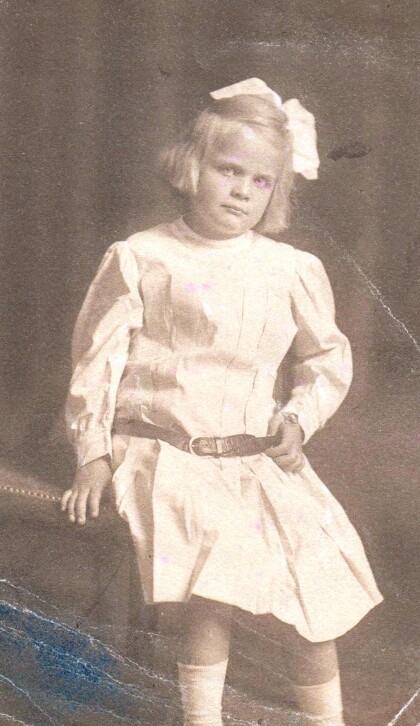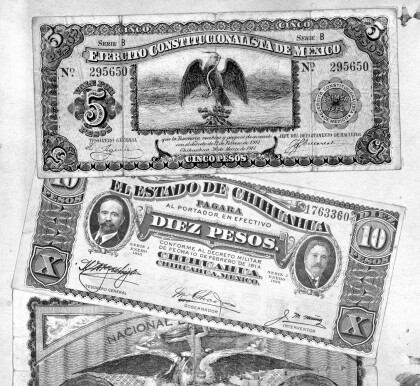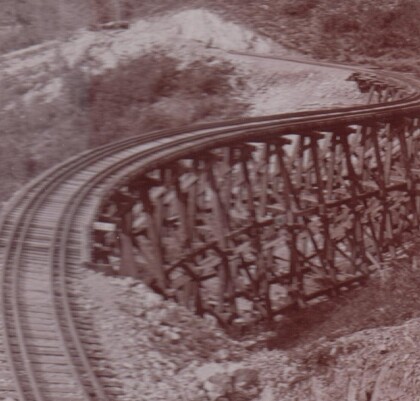Reportar esta entrada
Más sobre la misma comunidad-colección
Francisco I. Madero y su esposa Sara Pérez
The image shows Francisco I. Madero and his wife Sara Pérez. ...
Libro de recuerdos de Aultman, "Pancho" Villa
This is a collection of men featuring José Doroteo Arango ...
Otis Aultman toma fotografía de Pancho Villa
Photographer Otis Aultman gets exclusive photos of Mexican ...
Edificio de adobe con cerca de adobe
This is from an album of El Paso and Cloudcroft photos. The ...
Tren de caballete / puente - Cloudcroft
The railroad opened up this area for lumbering, but also ...






























Comentarios
Hacer un comentario